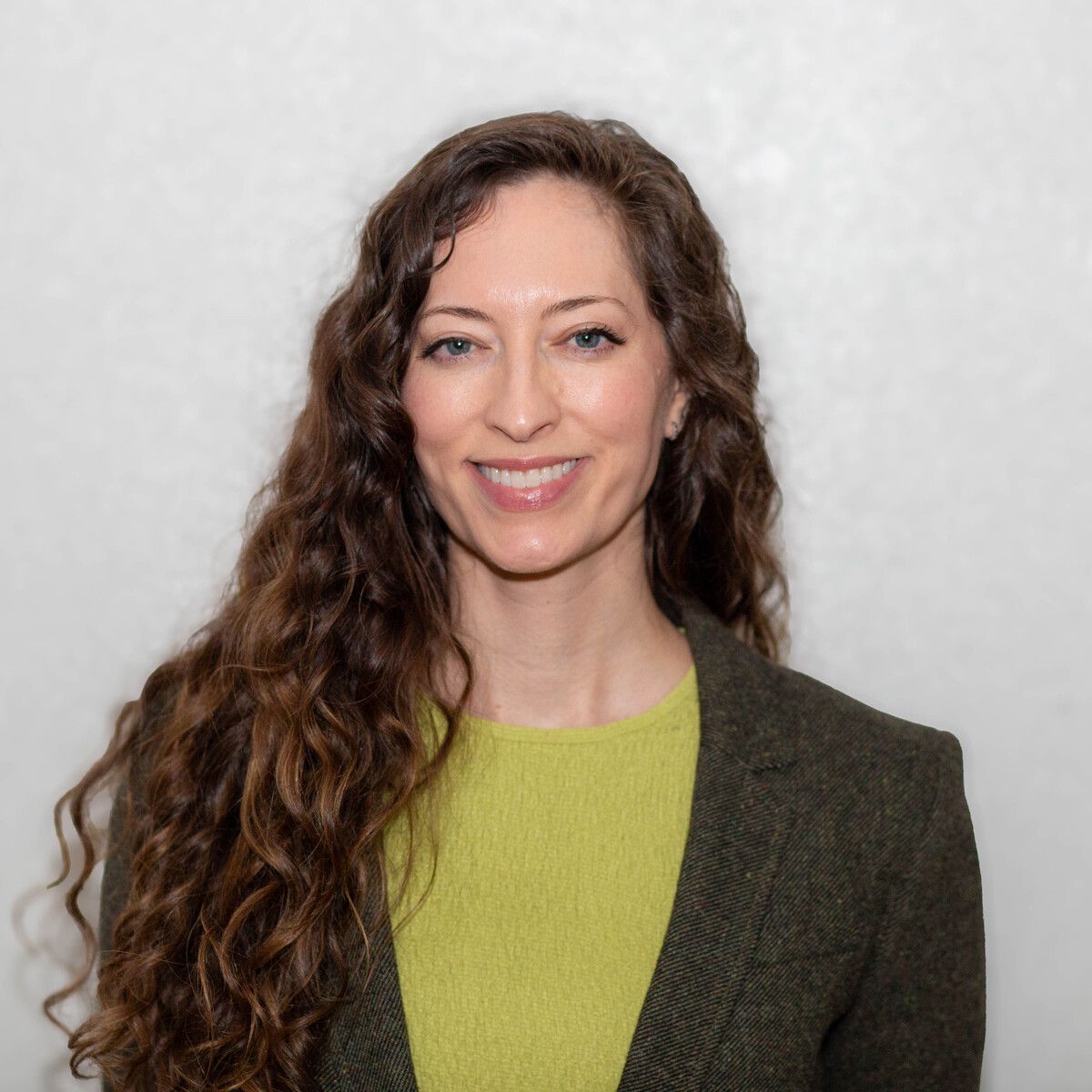What you probably already know: More than 2 million midwives provide essential maternal care for women and newborns around the world, playing a crucial role in improving health outcomes and communities. While global maternal death rates have significantly declined, they remain high in many countries amid a shortage of midwives and nurses — jobs predominantly held by women. Universal access to skilled midwifery care has the potential to dramatically improve these numbers and save millions of lives over the next decade, as well as reduce the frequency of medical interventions during childbirth.
Why? Last year, the World Health Organization (WHO) estimated there were 29 million nurses globally, and the total tally of midwives was about 2.2 million. While recent data shows the worldwide shortage of nurses is shrinking — the WHO projects a shortage of 4.5 million nurses and 310,000 midwives by 2030 — the gains are not evenly distributed. Countries in Africa and Southeast Asia, and parts of the Eastern Mediterranean region and Latin America, experience the largest gaps in access to skilled nurses and midwives. This inequitable distribution of nurses and midwives parallels maternal mortality trends: The overall count of pregnancy- and birth-related deaths has fallen by about 40% between 2000 and 2023, but remains disproportionately high in low- and lower-middle-income countries.
What it means: Today, millions of women give birth without the support of a nurse or midwife, and a third go without receiving even half of the WHO’s recommended pregnancy checks. Though duties and techniques vary across cultures, trained midwives generally provide prenatal checkups, support during labor and birth, and postpartum care. They can also offer guidance on family planning, contraception, and general women’s health. Midwives are widely regarded as providing a more holistic, non-invasive approach to maternal and neonatal care, statistically resulting in women who report better overall experiences than those who don’t use midwives. But beyond that, midwifery care models offer solutions to global health concerns. A 2021 study found that universal access to skilled midwives would prevent 67% of maternal deaths, 64% of neonatal deaths, and 65% of stillbirths, saving an estimated 4.3 million lives every year by 2035, with particularly high impact in poorer countries where maternal mortality is high. The WHO said midwives empower women to make informed decisions about the care they receive during pregnancy and childbirth, leading to fewer unnecessary medical interventions that come with adverse health risks.
What happens next: The WHO recently released new guidance on midwifery care models to help countries improve access to these valuable health workers through informed policy decisions. The 82-page document endorses a transition to trained midwifery that saves money and lives through flexible, strategic, and practical steps. While it highlights the impact midwifery care models have on maternal health outcomes, the guidance also acknowledges the importance of strong collaboration between a broader team of health care professionals, as needed, and emphasizes the need for midwifery training and regulations that meet international standards.


